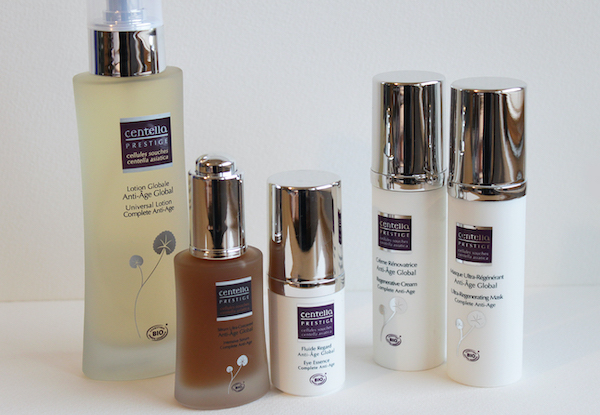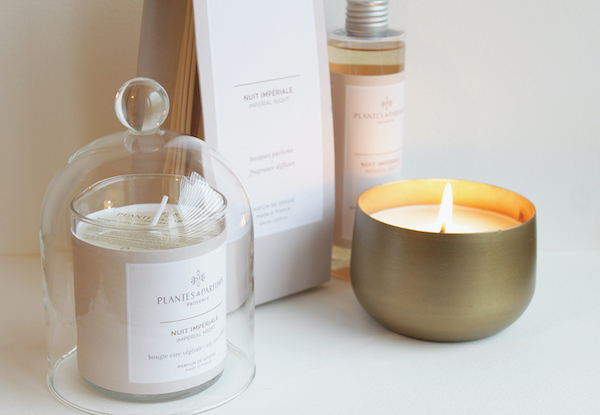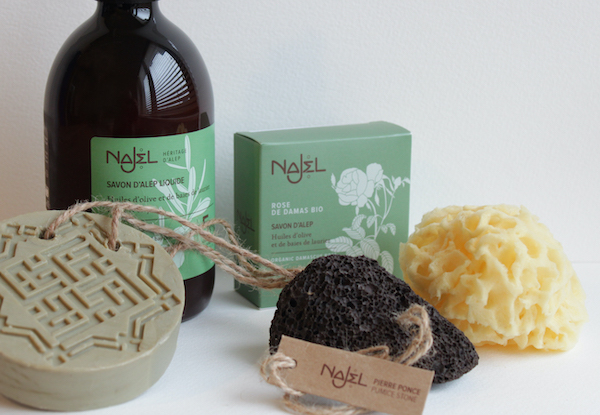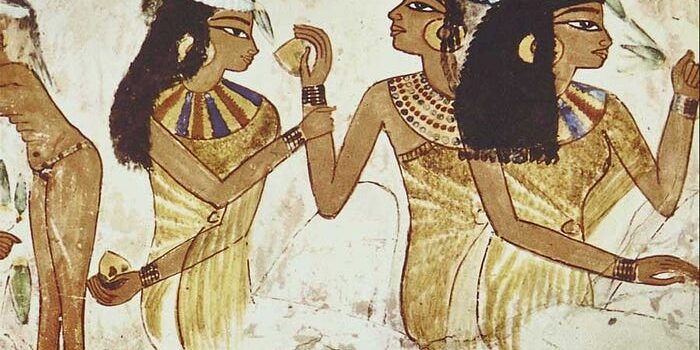We may think that the idea of skincare, and our preoccupations with it, as a somewhat relatively recent phenomenon. However, the incorporation of skincare into our daily rituals is deeply rooted in human history. For Millenia people have been using various methods to try and enhance the appearance of their skin. The concept of ‘Anti-aging’ is far from a new one, and people have gone to great lengths in trying to maintain good skin health for centuries.
Where it began: The Stone Age
Up until recently, it was popular belief that the oldest documentation of skin care use was during Ancient Egypt. However, researchers have found evidence of the oldest known use of cosmetics based on a mineral at an archaeological site in Slovenia.
Hundreds of ceramic bottles were recently found at an excavation site dating back to the stone age in Maribor, Slovenia. Upon chemical analysis they discovered that substances within those bottles contained mixtures of beeswax, cerussite and animal fats and plant oils. Cerussite is an important component to lead, and was used for it’s ability to produce a bright white pigment.
The bottles have been dated back to a time between 4350 and 4100 BC, predating ancient Egypt by 1000 years and Babylon by 2000 years. They are by far the oldest known evidence of a mineral used for cosmetic/medicinal purpose in Europe.
Thin stone tools where found near the ceramic bottles, indicating that they were possibly used to extract the substance from the bottle and apply it onto the skin.
Ancient Egypt
During this era, around 3000 BC, skincare was not only used for aesthetic purposes, but also to symbolise status and wealth. But above all, skin care and beauty regimens were deeply rooted in religious practice. It was a way for one to express their gratitude to the gods and goddesses. So much so, that women and men were often found entombed with their serums and cosmetic palettes enshrined in gold as grave goods, ensuring a smooth transition into the afterlife.
Women and men incorporated the use of natural plant and animal ingredients into their skincare routine in order to promote good skin health. Nourishing oils such as castor, moringa and sesame were used to moisturise the skin, keeping it supple and prolonging youth.
Clay and olive oil were often used to cleanse the skin, removing dirt and impurities. Milk and honey, were used to create rich, nourishing moisturisers that had powerful anti-aging properties. And people often bathed in milk to soften and exfoliate the skin, along with dead sea salts to exfoliate and smoothen their skin.
Cleopatra was famously known for her meticulous skincare routine. She would bathe in donkeys milk to exfoliate her skin, and aloe vera to moisturise. She would also apply face masks made of green grapes and honey. The grapes contained AHA’s that would gently remove dead skin cells, and the honey had anti-inflammatory, anti-bacterial and anti-aging properties.
Ancient Greece
Similar to the ancient Egyptians, the Greeks also used a combination of essential oils, serums, plant and animals ingredients to enhance the appearance and health of their skin. Ingredients such as milk and honey, yoghurt, olive oil, ground olives and sea salt for exfoliation, and flowers and herbs were used to promote skin health.
Greeks considered roses the ‘Queen of the Flowers’. They used rose oil to nourish the skin and for it’s anti-aging benefits, and rose water to soothe, hydrate and heal the skin.
The Medieval Era 5th – 15th Century
Cosmetics were popular during this era, and beauty standards had changed in favour of pale, porcelain complexions. Ointments and serums often consisted of animal fats to nourish the skin. Skin cleansing was an important step, and herbs such as rosemary, along with aloe vera and cucumber were used to cleanse and soothe the skin. Herbal remedies were often used to lighten the skin and reduce the appearance of blemishes. Face masks were created using crushes seeds, honey and flowers, and vinegar was used to tone and purify the skin.
The Renaissance Era 14th – 17th Century
This era was very similar to the medieval era, and not much had changed in the way of using natural herbs, honey and animal fats to treat the skin. However the desire for a pale complexion increased, and women especially went to great, and often hazardous measures in achieving this.
Unknown at the time, toxic substances such as lead and mercury were used to bleach the skin, which oftentimes had produced fatal results. An alabaster complexion was associated with social status and wealth. It alluded to ones nobility, indicating that they spent most of their time indoors, and therefore were not of the working class who spent a lot of time carrying out hard labour outdoors.
Women also used broom stalks occasionally to exfoliate the skin, oatmeal boiled in vinegar to treat blemishes, and bread soaked in rose water to treat puffy eyes. Disturbingly, leeches were also used to drain blood from the face to create a more intense pallor.
The Baroque Era 17th – 18th Century
During the Baroque era saunas became increasingly popular. People believed that sweat cleansing was good for removing impurities and cleansing the skin. Like much of history up until this point, milk baths were also popular as a means to soften and exfoliate the skin.
The Victorian Era 19th Century
Hygiene was starting to gain more importance during this era. People began to recognise the link between good hygiene and improved health. For much of human history disease had been a primary factor in higher rates of mortality, and now measures were slowly starting to be taken to tackle this issue.
By the middle of the 19th century, periodic bathing like we do now was increasingly common. Hygiene products such as soaps became less expensive and more accessible. Harsh cleansers were often used to purify the skin, along with some natural ingredients such as egg yolks, honey, oatmeal and lemon juice.
Lip balm, vaseline and talcum powder were also invented during this era. Talcum powder was used as an anti-perspirant and to mask body odour. It is now known for its toxic carcinogenic effects, which were unknown at the time.
The Modern Era 20th Century
The 1900s marked a catalyst in skin care for people. This era saw the invention of sunscreen in 1944, which was ground-breaking for skin health, anti-aging, and reducing the rates of skin cancer. The birth of the cosmetic industry saw the establishment of major cosmetic brands that are still well known today.
In the late 20th century we saw a big emphasis being put on anti-aging treatments. Facial treatments became very popular. Today, skincare is extremely varied. There are so many options from natural and organic skin care, to more severe and invasive treatments.
Despite the differences of each era, there are a few key things in common. It’s evident that skincare has long been used as a tool to not only promote skin health and preserve youthfulness, but also as a means of expressing ourselves to the world around us. It seems to be an important part of the human experience.
If you’re interested in browsing some of the skincare products we stock in our Salon and on our online shop click on the images below.
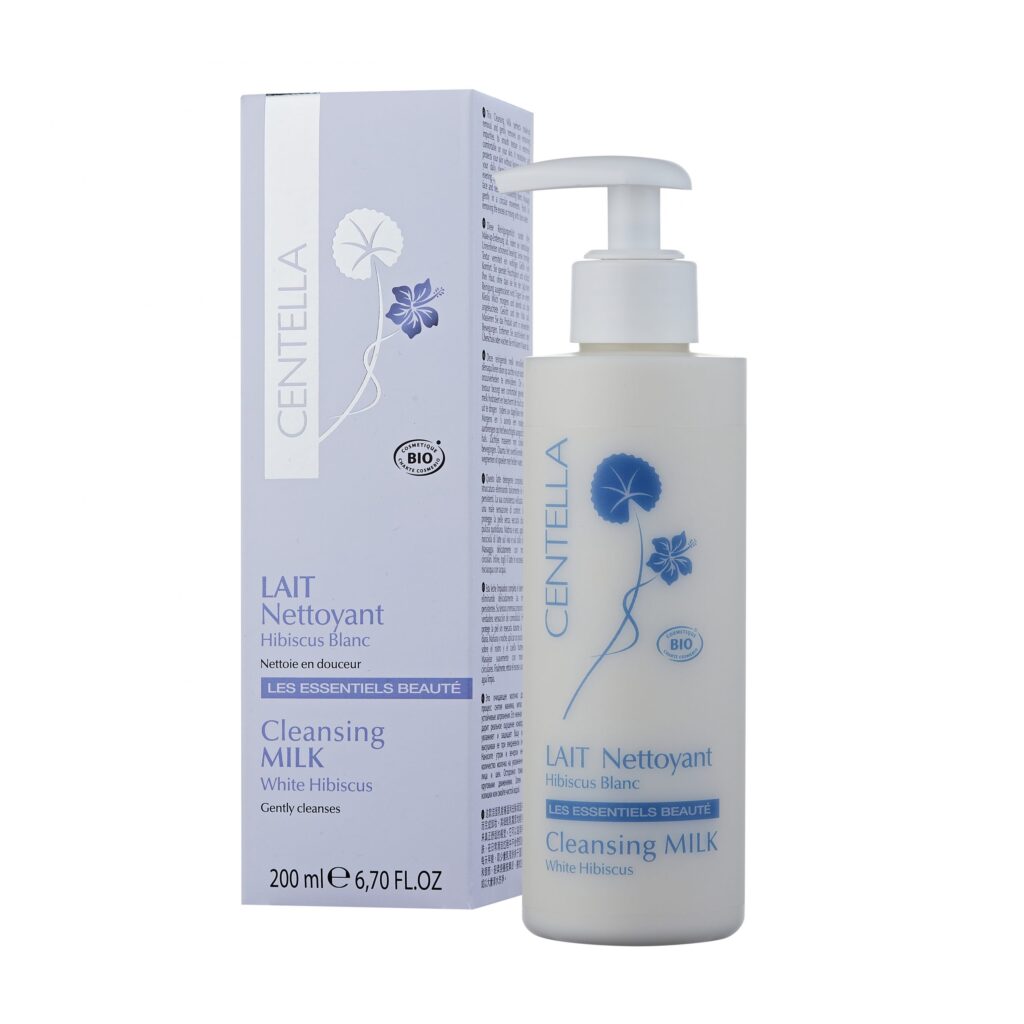
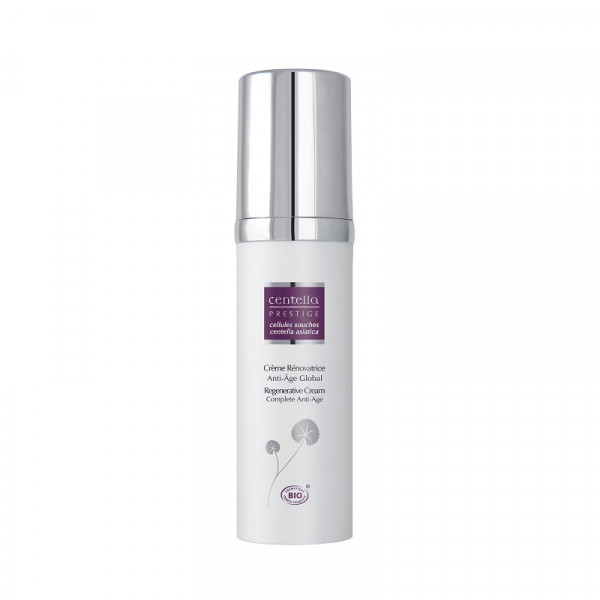
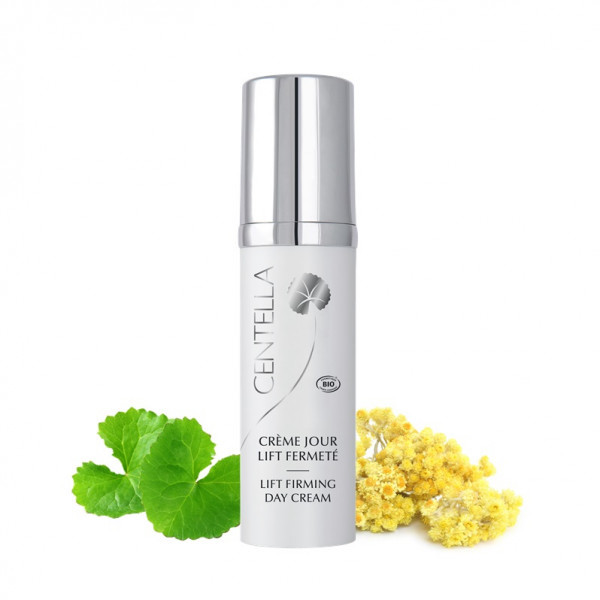
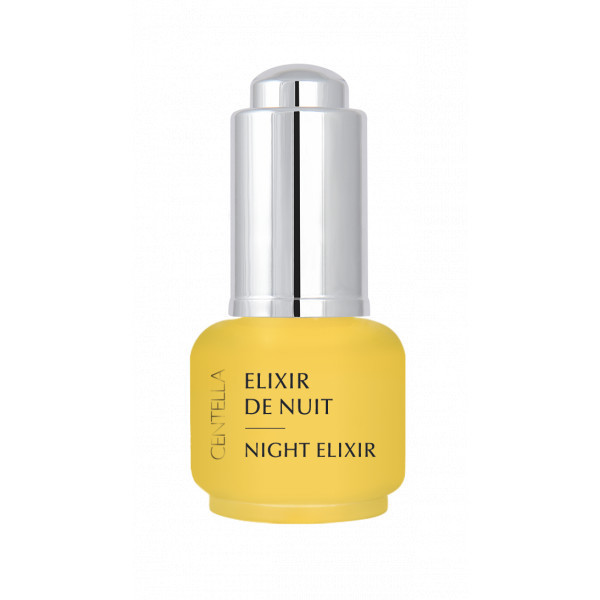
Start your skincare journey with us today: book your facial or purchase our products at www.vclairenaturalbeauty.ie , or call us at 01 497 8833 or Book Online
Also check out our Instagram for more updates on everything skin!
